I read in some book that it doesn’t matter how much time we have in life but the way we deal with it. This idea got stuck in my mind and returned repeatedly, especially during the moments since I’ve started my first real corporate full-time job and surprisingly haven’t really feel the expected satisfaction. What a paradox I was experiencing after so many years of preparation at university for my future career…
It took me years to understand there is nothing wrong with changing my mind in terms of what my professional life should look like. To be precise – I was not completely unhappy or depressed by jobs I had previously in my life, nor upset by feeling that my university path was completely useless. However, at some point I started to feel that years of lectures on completely abstract matters resulted in lack of something more “real” or “concrete”. Suddenly, I felt like having so much theoretic knowledge but no ability to create something by my own hands…
I am sure I’m not the last person in the world who decided one day to find out what kind of activities I would “really” like to fill my time with. Hence, I discovered the world of online learning, more specifically the 3 years distance fashion program originating from Lignes & Formations online school based in Paris. The more improbable this idea of studying fashion in long-distance may sound, the more possible, actually, it is.
Obviously, I am not comparing this fashion program to the proper BA or MA studies at fashion universities of reputable names, but I still do think it could be a great alternative to obtain a good base in fashion education if you cannot attend the day to day education anymore. The principle of studying remotely is based on the idea of having access to a personalized student portal with all necessary study materials, online classes and courses. Through this portal, students also upload their homework which is corrected and evaluated by the professors later on. These marks are not the only thing students receive from their professors – a written assessment is also provided with each completed homework, as well as useful hints and advice on how to improve future work.
In case of any problem all professors are available for phone consultations and the school organises many on-spot seminars in Paris covering a wide range of relevant topics. Furthermore, the school also offers several different additional options one can add to the core learning cursus. In this way, my fourth, additional year, will be dedicated to studying the textile prints and textile design.
Obviously, this program is paid and all education is in French. The cursus is divided into 3 phases and each covers different areas of knowledge and skills needed for stylist or fashion designer. The first covers the basics, which might seem sometimes rather theoretical, but I believe them to be necessary – fashion illustration, colour theory, history of fashion and clothing and bases in Adobe Photoshop (which teaches students how to deal with the creation of patterns and digital illustration).
During the second phase, more practical skills are introduced – bases in pattern drafting, fashion draping, textile technology and creation of different fashion collections (based on concepts of colour or volume).
And finally, the third phase pushes students to put in practice their knowledge by creating their own portfolio book or final garments collections having all necessary features as if these were created for real production (including the drawing of technical packs in Adobe Illustrator for example).
As I’m now about finishing my final portfolio book, I can honestly confirm that to complete this program might be sometimes tough (due to the lack of knowledge and time), sometimes it is time consuming and really requires a lot of motivation. Besides the materials provided by school and feedback from professors, it is also pretty much based on self-study and personal information research. Independently on my learning cursus, I regularly buy books on fashion design and sewing and I also attended an additional course of fashion illustration, pattern construction and one-year sewing classes course in Prague.
On the other hand, you can really study on your own rhythm and organise the completion of homework at your pace. Although arriving at the end of this program means serious effort and patience, I still think it’s definitely worth to. It was a great adventure. Not only did I discover the wonderful world of fashion creativity but, being a person having a “classical“ university background, I also found different idea concepts which enabled me to think about colours, shapes and materials in a completely different way I was used to. I think this might be for me the biggest take away from this learning experience.
It took me a long time to take enough courage and motivation to put the idea of having an additional “degree” in fashion into reality. But it’s never too late to start a second or additional career or education when feeling the original one was just not that right or not enough…

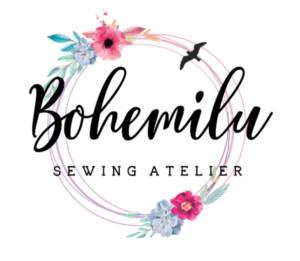

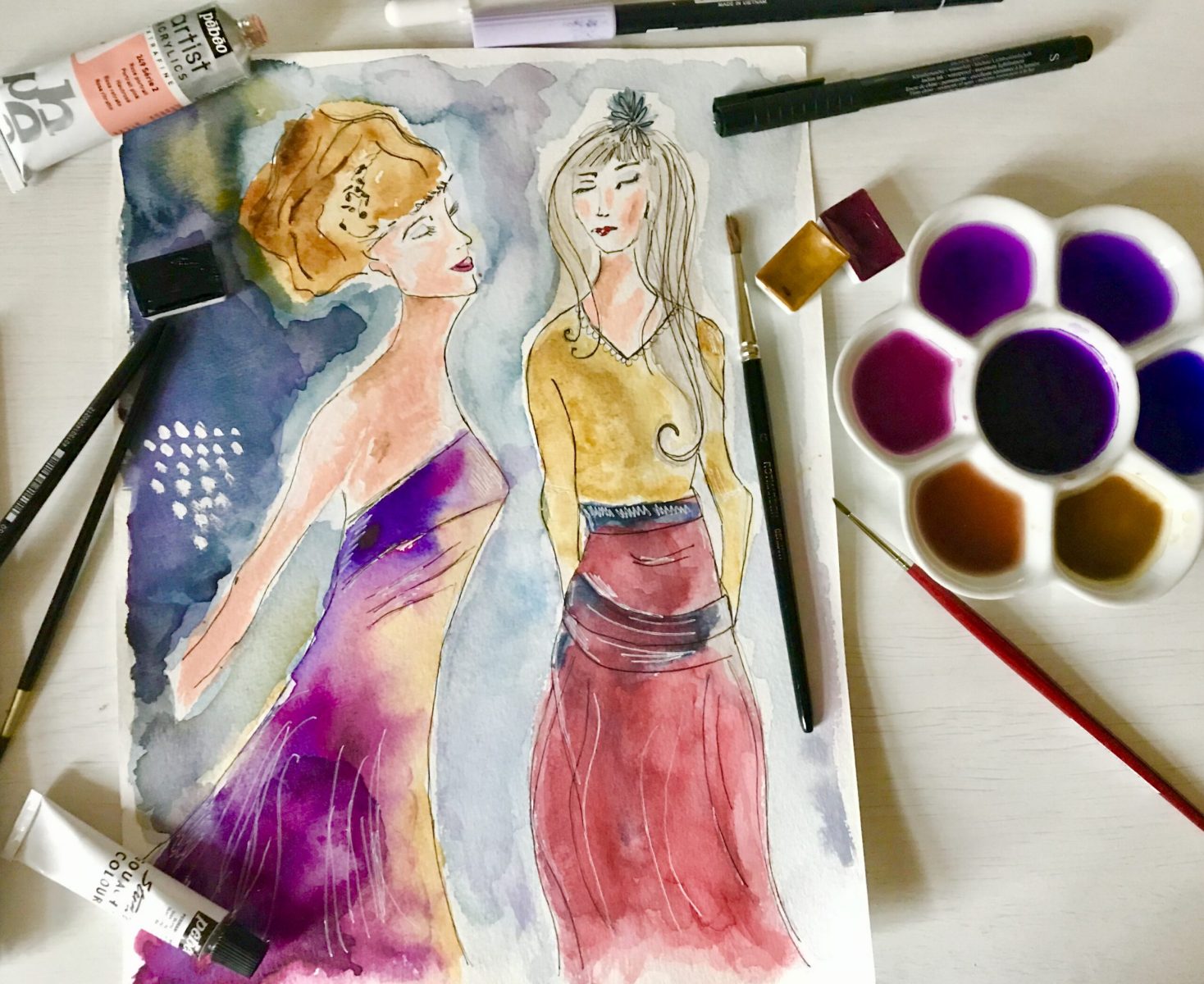
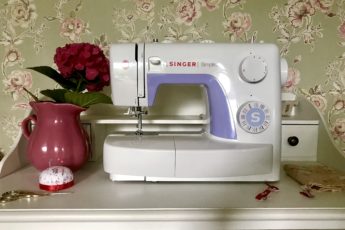
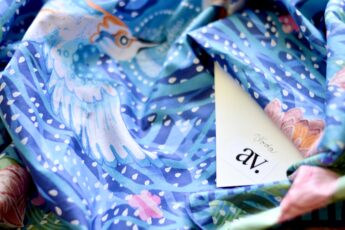
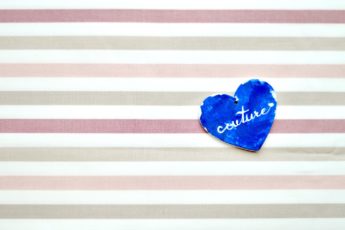
Leave a Comment